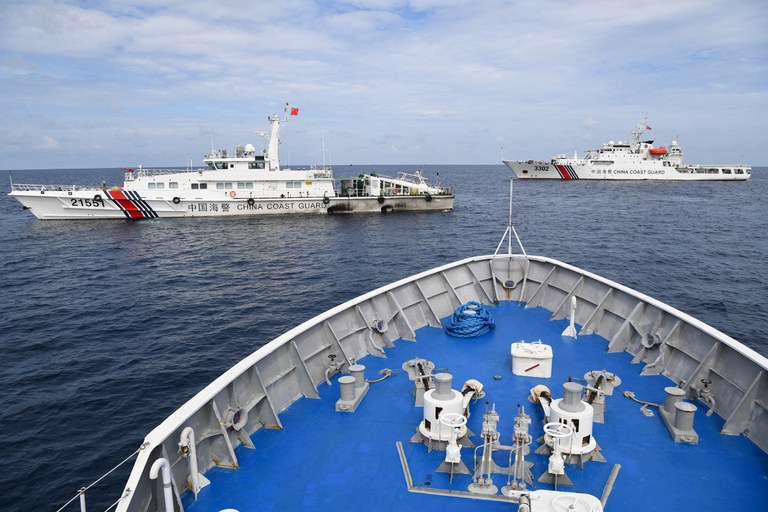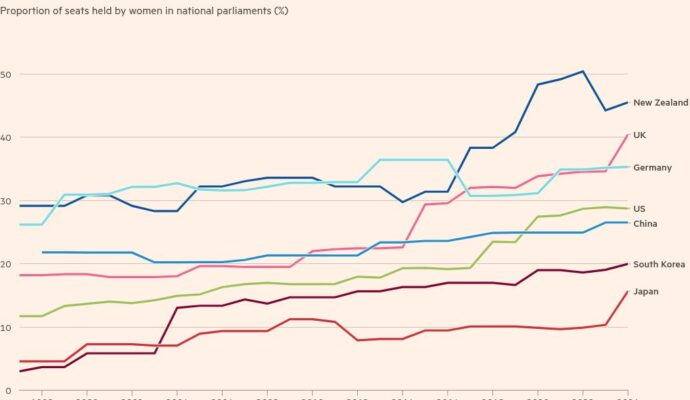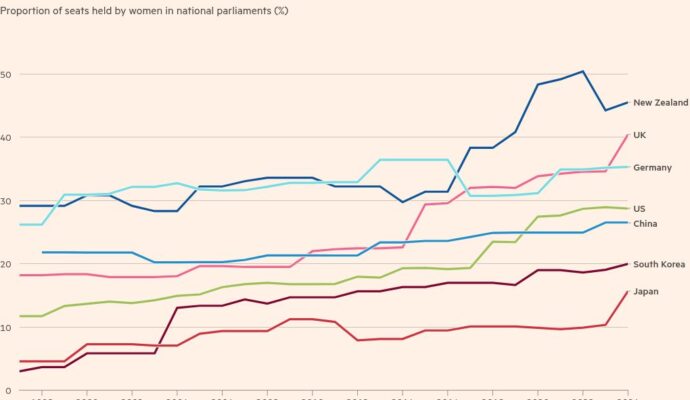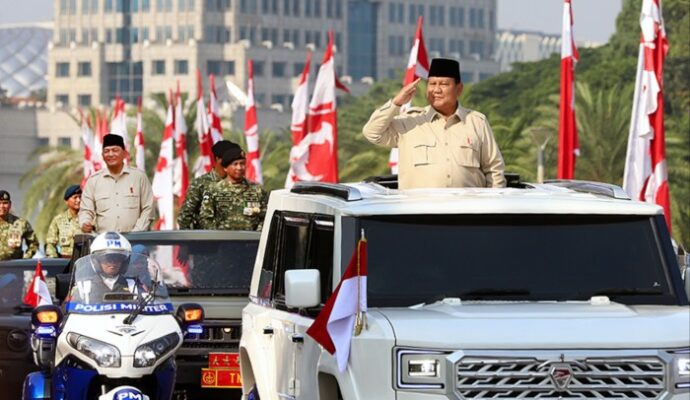The China Coast Guard countered that the Philippines had conducted an “illegal intrusion” into the shoal, which it calls Ren’ai Reef.
“The China Coast Guard strictly warned the Philippine vessels in accordance with the law, tracked and monitored the vessels all the way and effectively regulated them,” it said in a statement.
“China has indisputable sovereignty over the Nansha islands, including the Ren’ai Reef, and its adjacent waters, and firmly opposes the illegal transportation of construction materials by the Philippines to the illegal[-ly] grounded warship.”

On Friday, Marcos thanked the Australian leader for backing Manila during the ASEAN meetings where Albanese, he said, had “made very clear that the claims … being made upon Philippine maritime territory are not valid and have not been recognized and are not in conjunction or consistent with international law.
“To have friends like you and partners like you, especially on that subject is very gratifying and encourages us to continue down that path,” Marcos said.
Albanese said Australia was fully behind the Philippines in demanding that international law be upheld in staking claims in the South China Sea. Other ASEAN members – Brunei, Malaysia and Vietnam – also claim parts of the strategic waterway.
Taiwan, which China considers a renegade province, is another claimant.
“We have collective responsibility for security, including support for the United Nations Convention on the Law of the Sea. UNCLOS, that’s very important,” Albanese told Marcos, according to transcripts of the meeting.
Diplomatic ties
Albanese and Marcos then signed the strategic partnership agreement and agreed to a five-year program aimed at reducing violent conflicts and reintegrating former Muslim separatist rebels in the southern Mindanao region to society.
Diplomatic ties between the Philippines and Australia were established in 1946, with relations covering a wide range of areas from defense and security to economic cooperation.
Australia is the Philippines’ second largest defense partner of the Philippines and is one of only two partners with whom the Philippines has a Status of Visiting Forces Agreement. The other is the United States.


